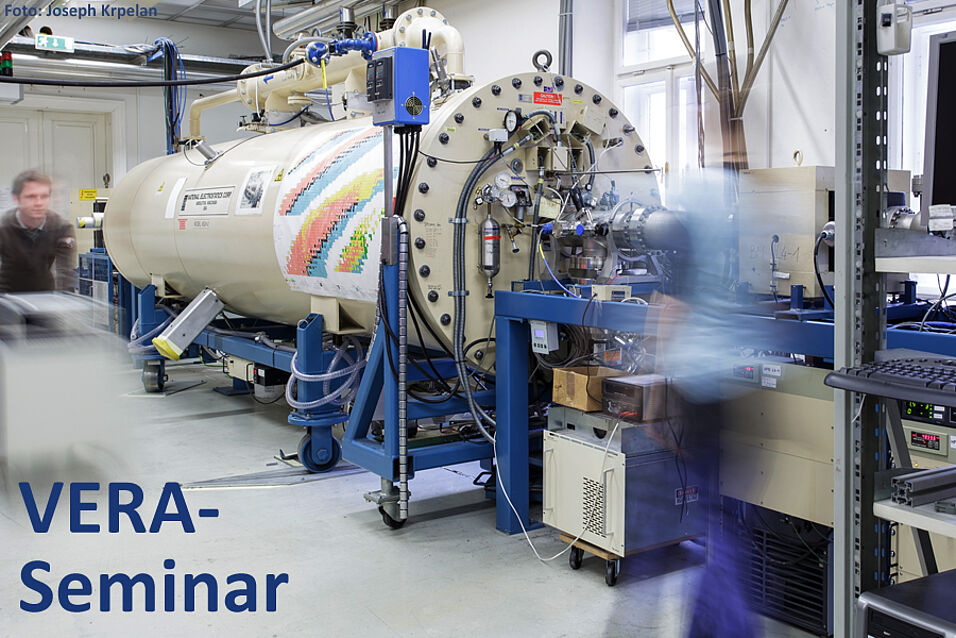The increasing appearance of gold artefacts during the 3rd millennium BC in southeast Europe, the Aegean, and Anatolia can be seen as an indication for the formation of social elites within complex societies and the establishment of proto-urban settlements. Comparing the artefacts’ chemical composition with regard to major, minor, and trace elements allows us to draw conclusions concerning different workshops, regional and supra-regional trade and communication routes and, to some extent, the material’s provenance. However, it is traditionally difficult to acquire even only minor amounts of sample material for the analysis of archaeological gold artefacts, since the valuable objects are often part of museum collections, which cannot be temporarily removed.
Within this talk, an innovative and easily transportable mobile laser ablation device to take minimally invasive gold samples will be presented. By applying this setup, the sampling step has been separated from the analyzing step with inductively coupled plasma mass spectrometry (ICP-MS) in the laboratory.
Compared with other mobile techniques, the portable laser ablation device enables us to quantify most of the trace elements, including the platinum-group metals, which is indispensable for provenance analysis.
Moritz Numrich (Germany) und Christoph Schwall (Vienna): Investigating Golden ‘Treasures’: Mobile Laser Ablation ICP-MS Analyses on Bronze Age Gold Artefacts
Location:
Victor-Franz-Hess-Hörsaal, Währinger Str. 17, 1. Stock Kavalierstrakt
Verwandte Dateien

